Christian Andresen
Assistant Professor, Geography Department, U. of Wisconsin Madison
I focus on the understanding of Arctic hydrology, ecology and associated land-atmosphere carbon dynamics under the effects of climate change. My research combines in-situ sampling methods, multi-scale remote sensing and earth system models to pinpoint and evaluate the mechanistic links between climate, hydrology and carbon exchange in the Arctic.

Joy Buongiorno
Postdoctoral Fellow, Carnegie Institute
I use cutting edge bioinformatic tools with large datasets to find emergent trends between environmentally-relevant microorganisms and their ecosystem. By combining sequencing with geochemical data, I unravel complex microbe-mineral interactions that will help construct more holistic models of greenhouse gas release and carbon cycling.
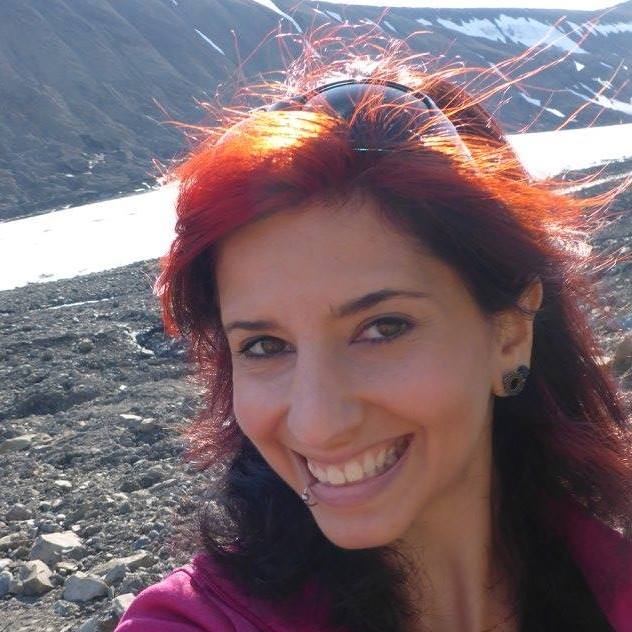
Mattias Cape
Postdoctoral Research Assoc., School of Oceanography, U. of Washington
I am a biological oceanographer interested in understanding interactions between atmosphere, ice, and ocean, and how these impact the growth of phytoplankton. I approach this thematic using a combination of satellite remote sensing, shipboard sampling, and lab experiments, most recently along the Greenland glacial margin.
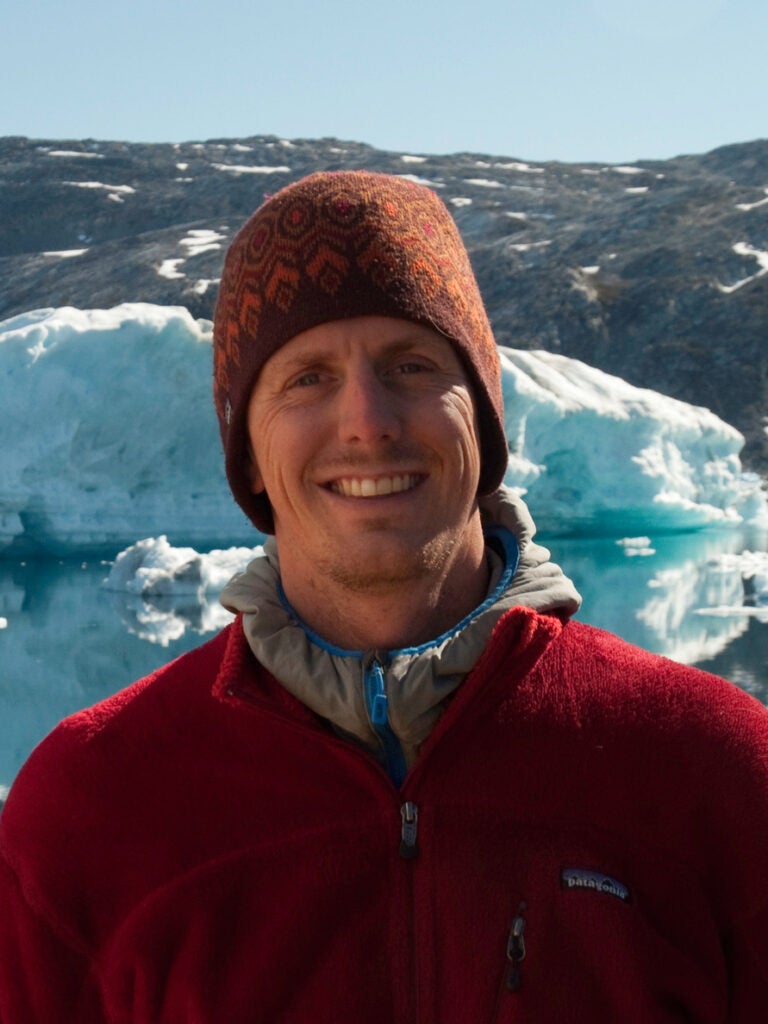
Casey Clark
PhD Candidate, College fo Fisheries and Ocean Sciences, U. of Alaska Fairbanks
My research focuses on the foraging ecology and population biology of Arctic marine mammals. I use biogeochemical tools (stable isotopes and trace elements) to examine how diet and population status have changed through time, particularly in response to climate change and sea ice loss.

Alice DuVivier
Assoc. Scientist II, Climate and Global Dynamics Lab., National Center for Atmospheric Research
I am interested in the high-latitude connections and exchanges between the atmosphere, ocean, and sea ice components of the Earth System. I use climate models along with satellite and in-situ observations to investigate physical processes and their representation in models and to better understand the impacts on the climate system.
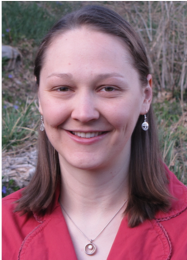
Emily Eidam
Assistant Professor, Department of Marine Sciences, UNC Chapel Hill
I study sediment transport mechanics and monthly to century scale seabed deposition in coastal environments. I use a variety of acoustic and optical sensors as well as radiochemical techniques to track particle motion, aggregation, system-scale sediment fluxes, and accumulation rates in deltaic, estuarine, fjord, and continental shelf environments.
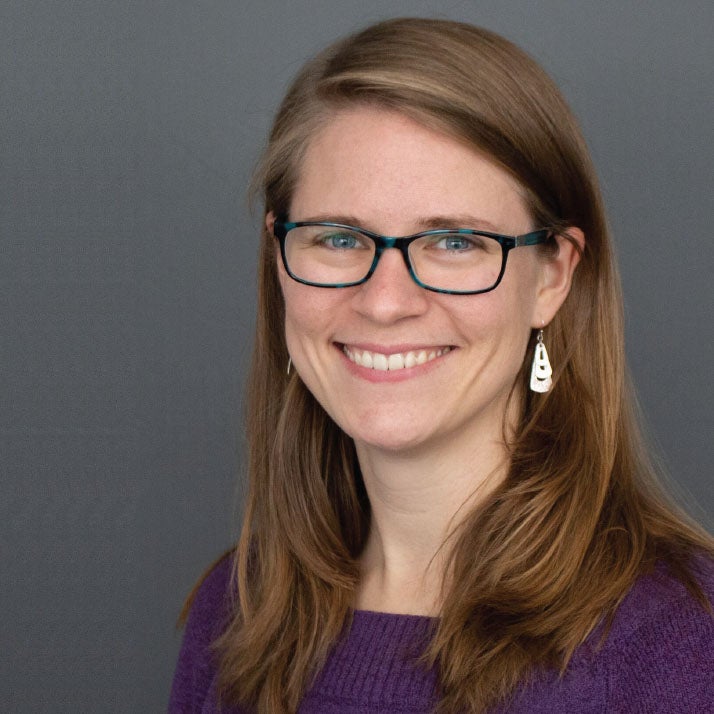
Sarah Evans
Assistant Professor, Department of Geological and Environmental Sciences, Appalachian State University
I am a hydrogeologist studying the relationship between climate change and cold region groundwater flow systems. In my research, I use a combination of numerical groundwater modeling and field instrumentation to examine how heat transport and hydrogeological processes operate in the warming Arctic.
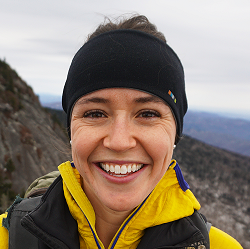
Louise Farquharson
Postdoctoral Researcher, Geophysical Institute, U. of Alaska Fairbanks
My research focuses on how Arctic landscapes respond to climate change through the use of paleo-reconstructions, in-situ measurements, and remote sensing observations. My interests span several components of the cryosphere and include the geomorphological processes associated with permafrost degradation, Arctic coastline response to sea ice decline, and Arctic Ocean glaciation.
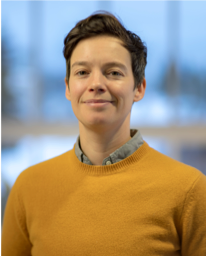
Denis Felikson
NASA Postdoctoral Fellow, Cryospheric Sciences Laboratory, NASA Goddard Space Flight Center
I use ice sheet models to create projections of their contribution to sea-level rise over the next century in response to different warming scenarios. To calibrate the model projections, I use airborne and satellite observations of ice sheet changes, allowing me to calculate uncertainties in sea-level rise projections.

Natalie Freeman
Scripps Postdoctoral Research Scholar, Climate, Atmospheric Sciences & Physical Oceanography Division, Scripps Institution of Oceanography
At the intersection of physical and biogeochemical oceanography, my research interests are rooted in the Southern Ocean and its important role in regulating climate through carbon cycling. I’m particularly interested in using data and models to better understand how physical fronts or currents in the ocean impact local biological processes.
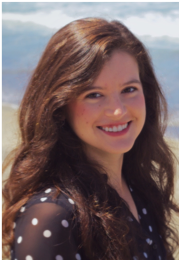
Erik Gjesfjeld
Post-Doctoral Fellow, McDonald Institute for Archaeological Research, University of Cambridge
My research interests center around concepts of risk and resilience and the strategies used by communities in the past to mitigate unpredictable natural hazards. My Ph.D. research focused on the remote Kuril Islands of Northeast Asia and how communities used social networks to adapt to changing climates and sudden hazards.
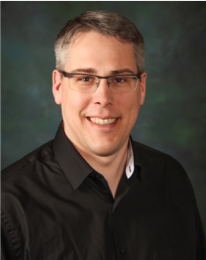
Joseph Graly
Visiting Research Faculty, Department of Earth Sciences, Indiana University-Purdue University Indianapolis
I study the geochemical processes occurring beneath ice sheets and their relevance for climate and global geochemical cycles. I employ chemical, mineralogical, physical, and isotopic analyses of subglacial samples, assessing rates of change in the subglacial environment and the glaciological or geological factors that control those rates.
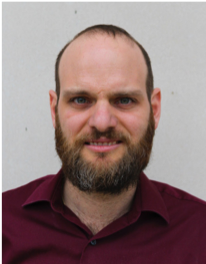
Dulcinea Groff
Postdoctoral Research Associate, Department of Earth & Environmental Sciences, Lehigh University
My primary research interests are in paleoecology, biotic interactions, and climate change. I have pursued these interests by collecting peat core records and modern environmental samples from the Falkland Islands and the western Antarctic Peninsula. I am especially interested in how paleoecological data can be integrated into conservation planning.
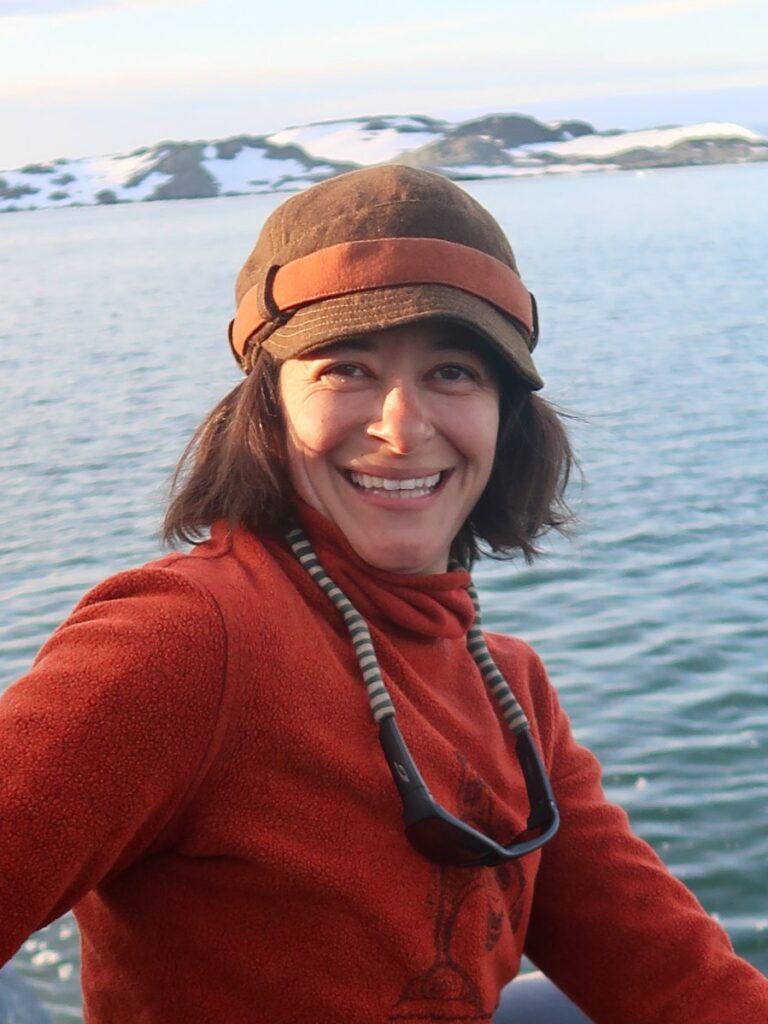
Ruth Heindel
Postdoctoral Scholar, Institute of Arctic and Alpine Research, U. of Colorado Boulder
My research interests lie at the intersection of biogeochemistry and aeolian processes: I am interested in the roles of dust generation and dust deposition in the cycling of limiting nutrients like phosphorus and nitrogen. I approach my research using interdisciplinary field techniques from ecology, geomorphology, and paleoclimatology.
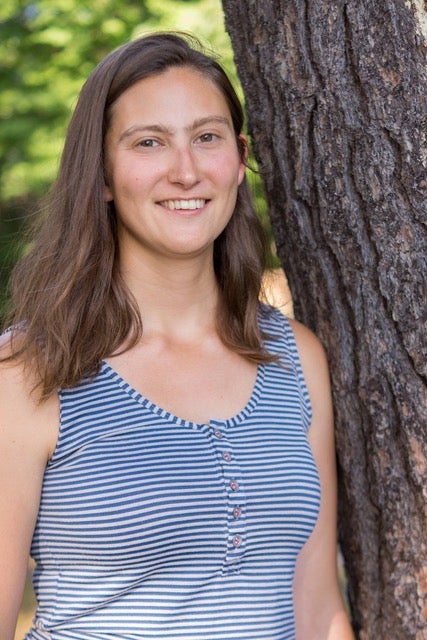
Alia Khan
Assistant Professor, Department of Environmental Sciences, Huxley College of the Environment, Western Washington University
My research applies environmental chemistry to document change in the global cryosphere. I am interested in atmosphere-cryosphere interactions, such as the impact of aerosol deposition to the surface of snow and ice and the resulting impacts on spectral albedo, melt and water quality. I have conducted case studies in the Antarctic, Arctic, and major mountain regions, such as the Himalayas.

Shannon Klotsko
Postdoctoral Fellow, Geological Sciences Department, San Diego State University
My research focuses on understanding the impacts of sea level fluctuations, climate variability, and tectonic deformation on continental margin evolution. I primarily use seismic reflection and seafloor mapping data, as well as sediment cores to examine how the interplay of these processes has been preserved in the stratigraphic record.
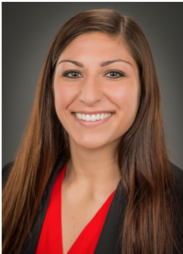
Yekaterina Kontar
Belmont Postdoctorial Science Diplomacy Fellow, Fletcher School of Law and Diplomacy, Tufts University
My primary research interests lie in the field of disaster diplomacy – the cross-section of disaster risk reduction and science diplomacy. I investigate how and why disaster‐related activities do and do not influence cooperation in the Arctic region. I also facilitate disaster diplomacy efforts in the Arctic through international multi-stakeholder collaborations.

Melina Kourantidou
Postdoctoral Research Fellow, Dalhousie University, Ocean Frontier Institute
Melina Kourantidou is an environmental and resource economist; her long-term research interests include interdisciplinary approaches that apply economic theory and methods to environmental issues to improve management strategies and ensure sustainable development and resilient ecosystems. Her current research focuses on ecological and socioeconomic changes in the Arctic marine environment.

Gunter Leguy
Project Scientist, Climate and Global Dynamics Laboratory, National Center for Atmospheric Research
I study ice sheets and glacier flows in Antarctica and Greenland. Specifically, I work on improving the accuracy of their dynamics within the Community Ice Sheet Model (CISM). I am also interested in the different interactions between ice sheets and the Earth’s systems, such as the ocean, land, and atmosphere. In particular, some of my research focuses on the impacts of ocean warming on the Antarctic ice sheet and its consequence on sea level rise.
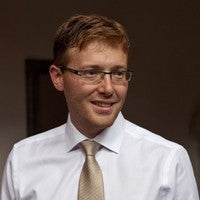
Mike MacFerrin
Post-Doctoral Research Associate, Cooperative Institute for Research in Environmental Sciences (CIRES), U. of Colorado at Boulder
The driving questions of my research involve the ways that surface meltwater drives changes in the world’s ice sheets. I use field measurements, remote sensing, and climate models to determine how fundamental changes in previously-well-understood ice sheet processes are having cascading repercussions on the rest of the glacial system.
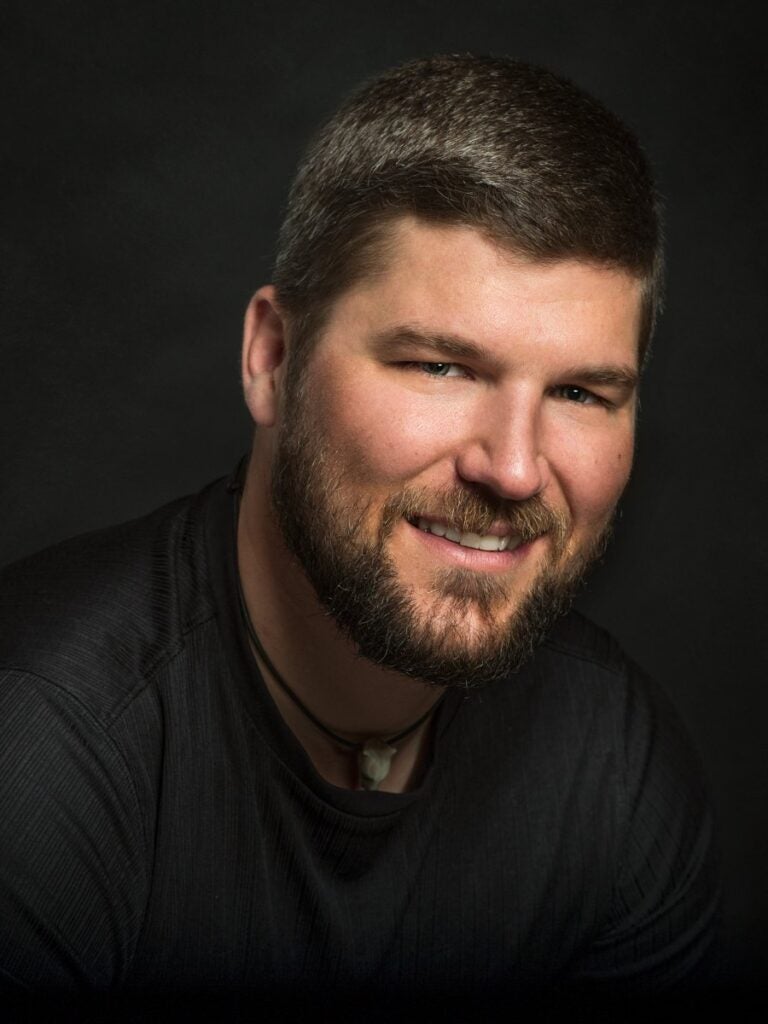
Alexander Michaud
Postdoctoral Researcher, Bigelow Laboratory for Ocean Sciences
Given the decline in ice worldwide, my research focuses on microbial processes within and downstream of glaciers and ice containing habitats. I am a biogeochemist who combines geochemistry with molecular microbiology techniques and microbial rate measurements to quantify the influence of ice on microbial activity and biogeochemical cycles.

Samiah Moustafa
Visiting Assistant Professor of Environment and Society, Institute at Brown for Environment and Society (IBES), Brown University
My research focuses on understanding how the Arctic is responding to climate change. Within the Arctic, I am particularly interested in understanding how the Greenland ice sheet’s hydrologic system is changing at local to continental scales using a combination of geospatial technologies, field observations, and climate model output.
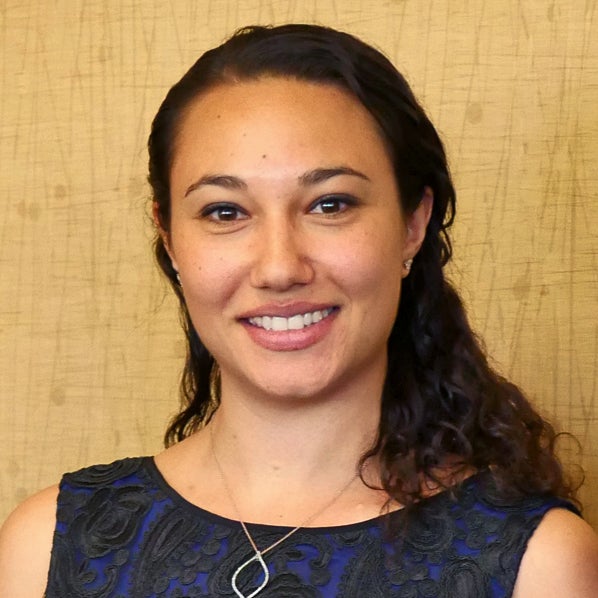
Vishnu Nandan
Post-Doctoral Researcher, Ice | Climate | Ecosystem Remote Sensing Lab, Department of Geography, U. of Victoria
I am a polar researcher, with specialization in polarimetric radar remote sensing of the Arctic and the Antarctic sea ice. My research focuses on understanding the critical role of snow cover impacting the accuracy of the Arctic and the Antarctic sea ice thickness retrievals from radar satellites.
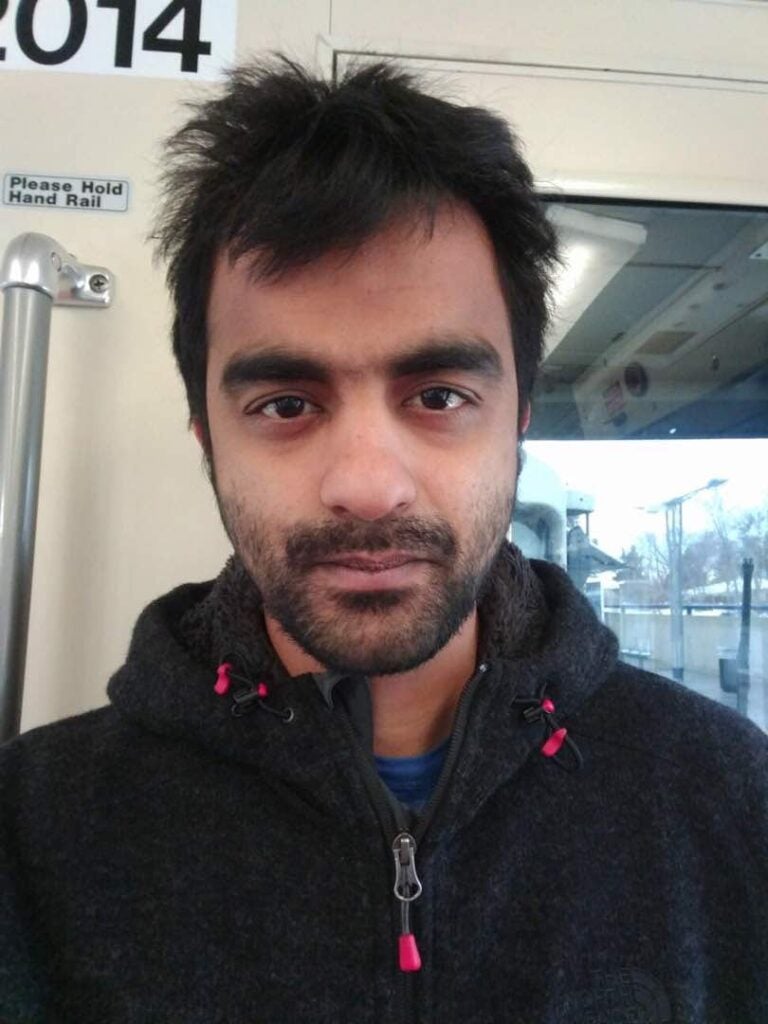
Isabel Nias
Postdoctoral Scholar, Cryospheric Sciences Laboratory, NASA Goddard Space Flight Center
I am a glaciologist and my research focuses on ice-sheet dynamics and sea-level rise. I use numerical ice-flow models to simulate the Greenland and Antarctic ice sheets, to better understand the processes that control mass loss, for example, grounding-line retreat and basal sliding. I am also interested in the sensitivity of these processes to model uncertainty, and how these uncertainties propagate through projections of sea-level rise.
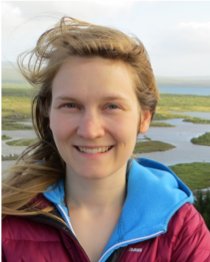
Josephine Rapp
Postdoctoral Researcher, School of Oceanography, University of Washington
I am a polar microbial ecologist studying the diversity and function of microbial communities in cold and frozen environments, i.e. sea ice, permafrost and deep-sea sediments. Currently, I investigate the potential role of virus-mediated gene transfer for microbial survivability in subzero, hypersaline brines, mainly using environmental metagenomics.
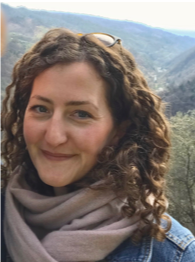
Soroush Rezvanbehbahani
Postdoctoral Researcher, Geology Department and Center for Remote Sensing of Ice Sheets, U. of Kansas
I am a glaciologist studying the boundary conditions of ice sheets with the underlying bedrock and surrounding oceans. I use numerical models, remote sensing observations, and machine learning techniques to better constrain the basal water distribution and also improve our understanding on ice sheet-ocean interaction.

Heidi Smith
Assistant Research Professor, Department of Microbiology and Immunology, Montana State University
My research focuses on linking the activity and structure of microbial populations to ecosystem processes. I am interested in understanding carbon fluxes through microbial communities in polar environments with the goal of improving predictions of the fate of carbon in the context of a changing climate. To address these questions I utilize ecological, sequencing, computational, and single cell approaches to link microbial function to phylogeny.
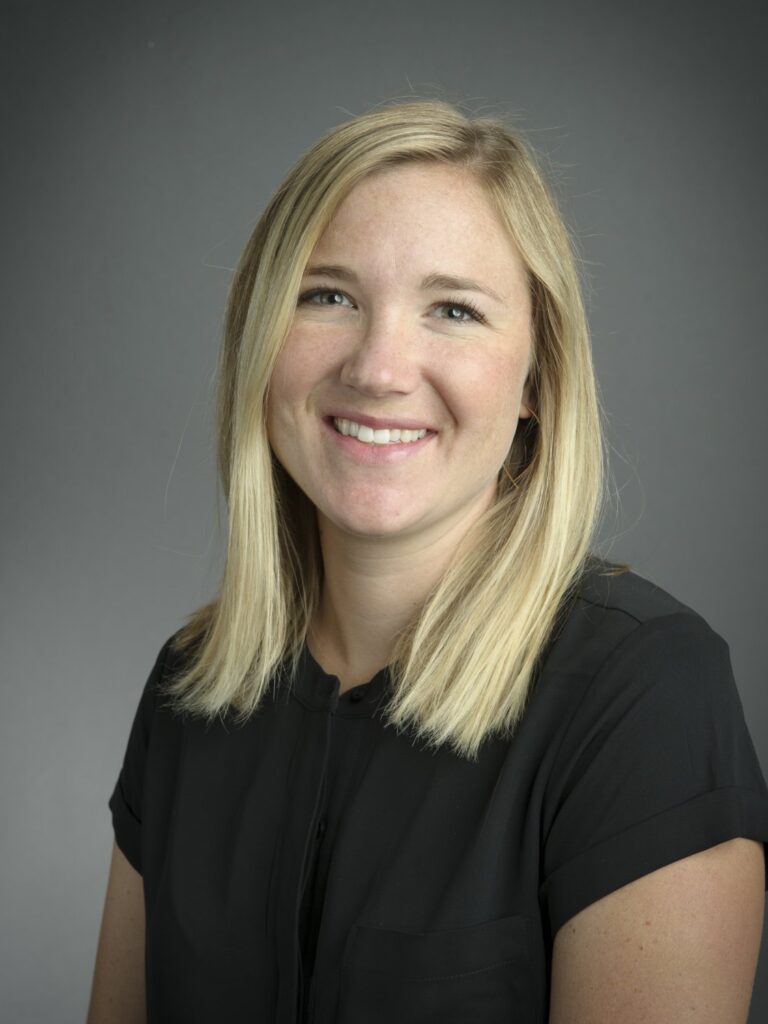
Laura Stevens
Postdoctoral Fellow, Lamont-Doherty Earth Observatory, Columbia University
I am a glaciologist working to determine the processes driving ice and water flow in Earth’s continental ice sheets. I use a combination of geophysical, oceanographic, and atmospheric field observations; numerical modeling; and inverse methods to better understand physical mechanisms that destabilize ice sheets with increased surface meltwater production in our warming climate.
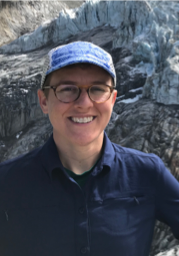
Sergio Vargas-Zesati
Postdoctoral Research Fellow, Biological Sciences Department, U. of Texas at El Paso
I am interested in understanding the complexity associated with changing Arctic landscapes and how related ecosystem structure and function are impacted across space and time. My research combines field ecological methods with remote sensing and geospatial approaches, (i.e. GIS, UAS, DGPS and LiDAR) to facilitate scaling of tundra vegetation phenology and geomorphology from local to regional levels.

Simone Whitecloud
Research ecologist, Cold Regions Research and Engineering Lab., US Army Corps of Engineers
My work as a plant ecologist spans the Arctic and alpine tundra, plants as biosensors, and human interactions with plants. Given the passion for plants I have found in the Arctic, I would like to develop a program to build resilience in communities by anticipating the arrival of new plant species.

Dominic Winski
Research Assistant Professor Climate Change Institute and the School of Earth and Climate Sciences, U. of Maine
My research focuses on alpine and polar climate during the past and present. I am particularly interested in connections and feedbacks between polar and low-latitude climate and how these interactions can lead to rapid and non-linear changes in temperature, precipitation and atmospheric circulation for many regions across the world.
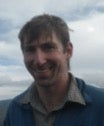
Gifford Wong
Research Staff Member, IDA Science and Technology Institute (STPI)
I am a polar glaciologist and science communicator working at the nexus of science and policy. I’m interested in serving as a bridge between the science community and policy makers, facilitating the use of science to inform policies and decisions.

Pat Wongpan
Postdoctoral Researcher, Institute of Low Temperature Science, Hokaido University
I am a sea ice physicist and interested specifically in sea ice-ice shelf-ocean interaction and its consequences on ecosystem using multiscale observations from ice core samplings, remotely operated vehicles, and remote sensing. Currently, I am investigating the influences of ice shelf meltwater on the spatial distribution of sea ice algal biomass.

